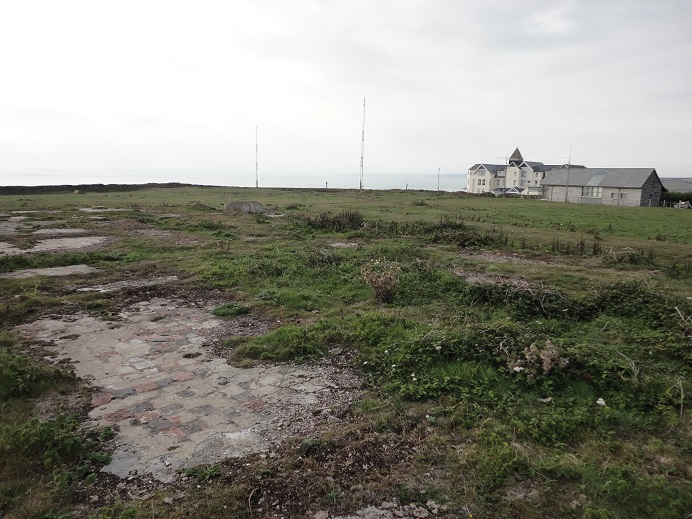Following my article on Goonhilly Earth Station in December, The Register has published the other piece I researched while visiting Cornwall last autumn: on how Guglielmo Marconi, an Italian working in Britain, transmitted a signal from Newfoundland to Cornwall and changed the world.
The article is based on two sites on The Lizard peninsula, the southernmost part of Great Britain: the Lizard Wireless Hut, right on its southern edge, and the Marconi Centre and Wireless Field, just above Poldhu Cove on the peninsula’s western coast.
Marconi’s big discovery was that radio transmitters did not need to have a physical line of sight to each other to work. To see how limiting this would have been, try my ‘how far can you see at sea’ calculator. The curvature of the earth means that even on top of the highest sea-cliffs in the UK, Conachair on the island of St Kilda, you can only see 46 miles.
If radio waves really had been limited by the curvature of the earth, the technology would have been much more limited in its use. Instead, because they can bounce off the ionosphere and the surface of the earth, they can bridge the Atlantic – as Marconi showed, right here.

Here’s my conclusion on the mysterious and moving Wireless Field:
With its mysterious ruins and earthworks, it feels like the site of a lost civilisation – rather than a field on the edge of Britain which sent a signal to an Italian in Canada and shrank the world.
It’s a remote but profound place; much of what made it important has vanished. Radio signals, like the buildings and aerials once at Poldhu, are ephemeral.
However, because of what happened here we are swimming in such signals and surrounded by the technology they allow. To adapt Sir Christopher Wren’s memorial in St Paul’s Cathedral: if you seek Guglielmo Marconi’s memorial, look around you.
